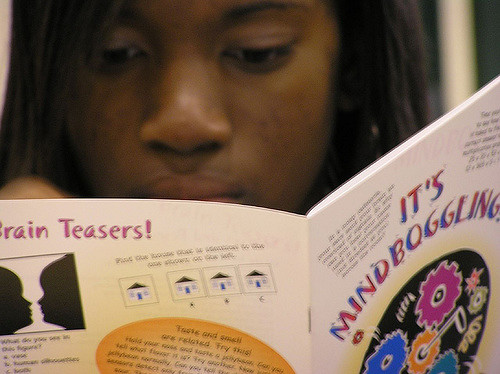That was not my intention, in fact, it was the opposite. First, we have large amounts of cognitive diversity in the world. Also written language is a relatively new invention. We have only mapped sounds to symbols for a brief period of human history.
Given these two realities it makes 100% sense that some individuals would interact with literacy technologies like graphemes and morphemes differently.
Do I believe we misdiagnose, over diagnose in some populations, and under diagnose in others? Yes. This is bound to happen when you assume specific kinds of brain activity based on reading inventories and not brain scans (not that you get a huge reliability jump).
Do I also believe every student with dyslexia deserves every support we can provide? Absolutely. This was also my other point. The kind of intensive early intervention instruction that has been shown to reduce the effect of dyslexia is often the exact type of intensive early intervention instruction I want for all learners.
I also believe in an expansion of our definition of text that includes audio and visual texts that are better suited for learners with decoding difficulties. We know the best way to learn is repeated exposure across multiple modes.
Literacy should be no different. If someone is drawn to audio texts or video let them explore that toolkit for meaning making.
So in schools with limited resources, and diagnosis techniques that aren’t anywhere near a 100% effective, but with research-based strategies we know are effective I just want to advocate for more time focused on the teaching of reading rather than the measure of reading disabilities.


We evolved long before written language existed; there is no reading area of the brain. Every child needs to build a reading circuit out of visual, language and other areas of the brain originally meant to do other things. Yes, there are differences in people, including their abilities to learn to read. Are these differences disabilities? Their brains are not broken. We are asking them to do something for which the brain has not been pre-wired (as opposed to language acquisition). We need to figure out ways to teach these “normal” children. Maybe the instruction is dysfunctional and not the child?